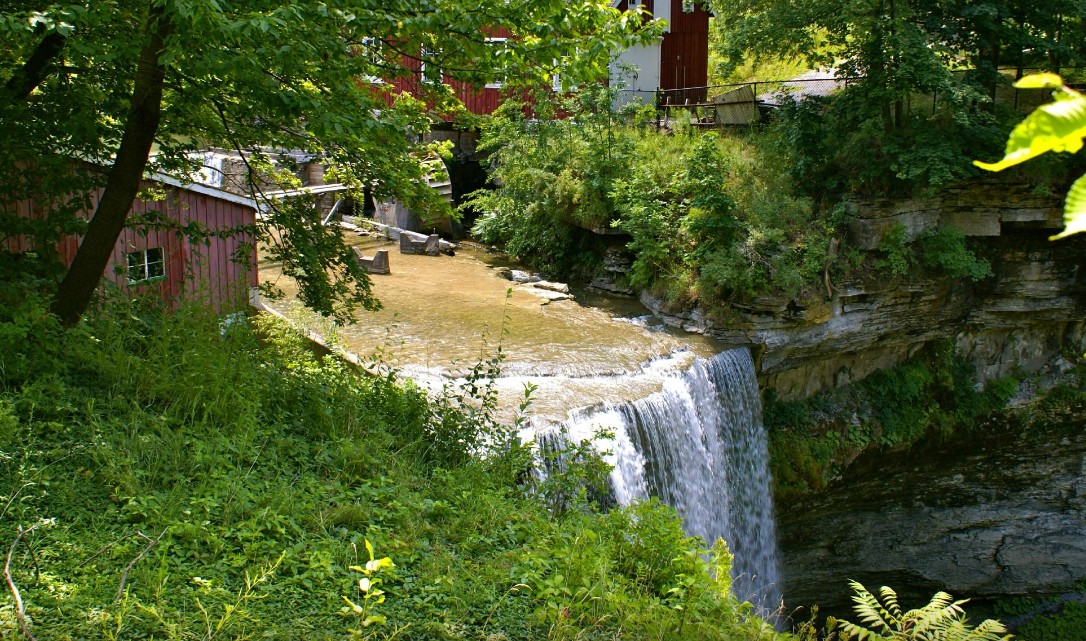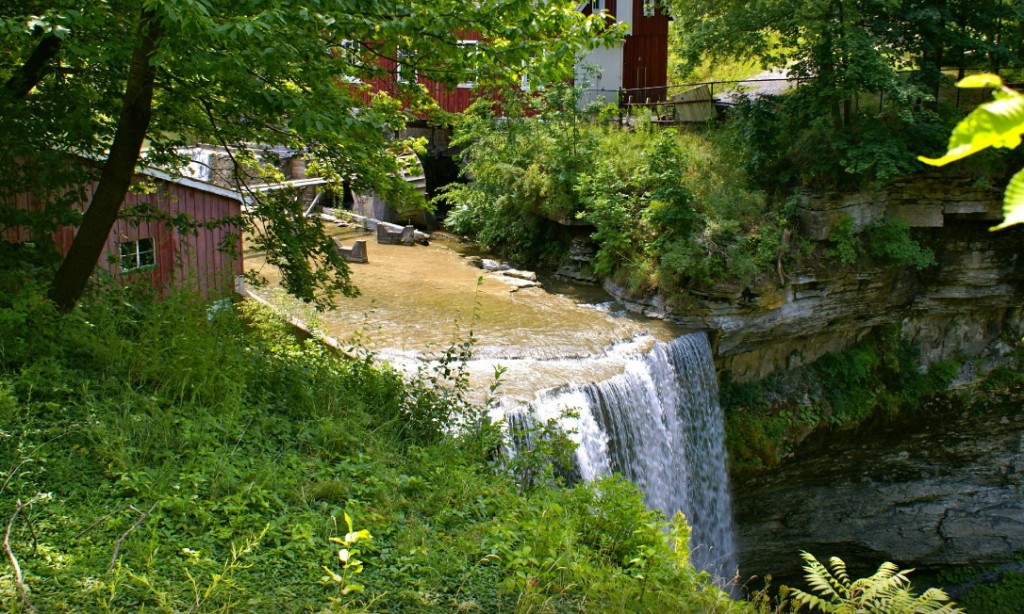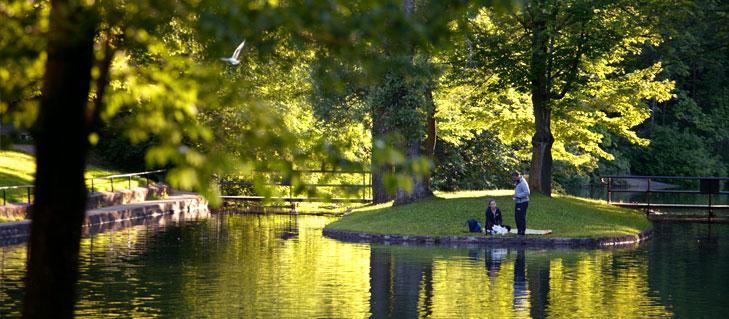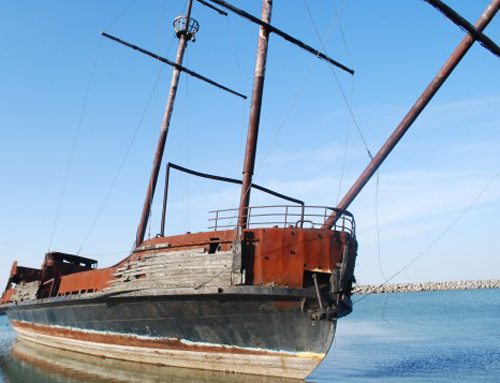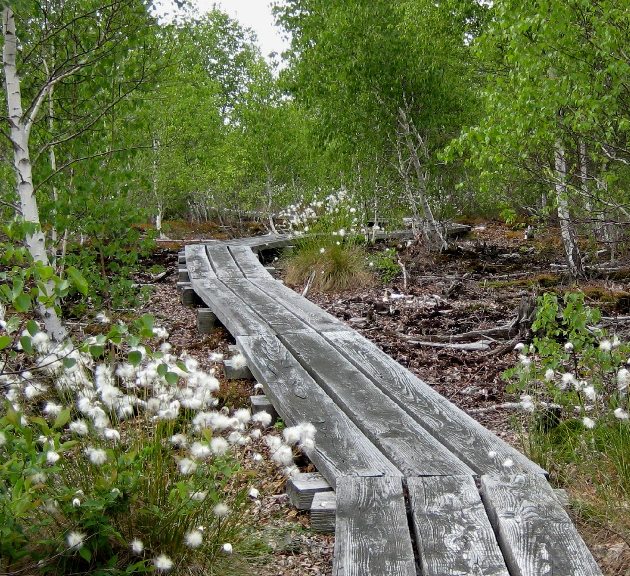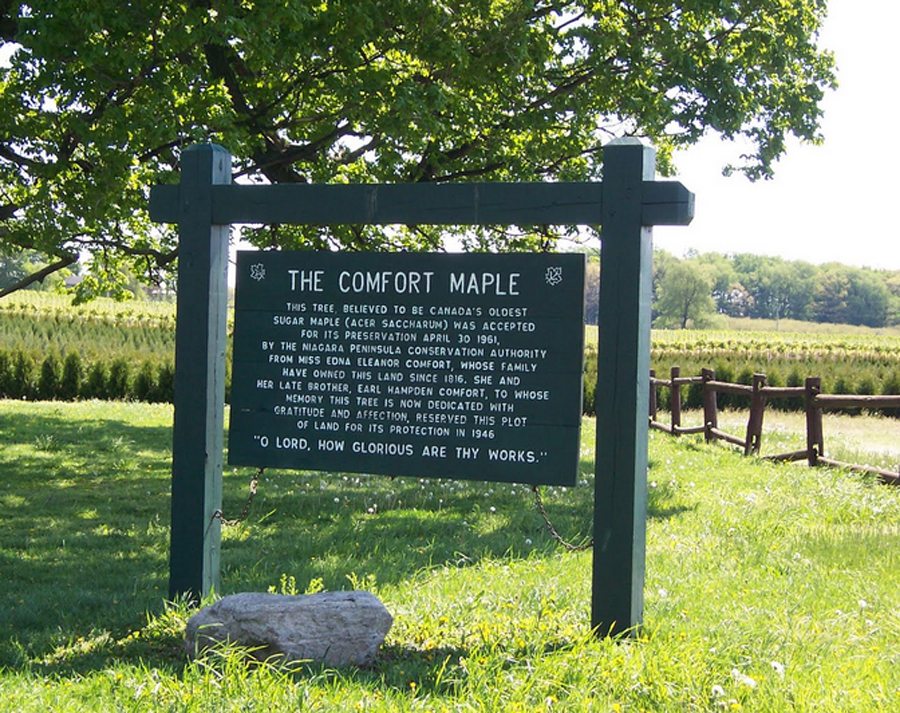Niagara is gorgeous this time of year and now is the perfect time to discover or rediscover some of the hidden gems it has to offer.
Listed below are a few places that you will definitely enjoy. Perhaps even this weekend?
Short Hills Provincial Park
Tucked away in the city of St.Catharines, Short Hills Provincial Park is 735 hectares in size and is the largest park in the Niagara Region. It’s part of an environmentally significant area known as the “Fonthill Kame Moraine.” A kame is an irregular hill of sand, gravel and silt which accumulates in a depression on a retreating glacier, and is then deposited on the land surface as the glacier melts.
The name “Short Hills” comes from the result of erosion. More than 12,000 years ago, glacial meltwater carved out many steep valleys and also created the valley of the Twelve Mile Creek. Within the Short Hills Provincial Park, there are seven trails designated as multi-use or hiking only. A path called the “Paleozoic Trail” will lead you to gorgeous views of Swayze Falls.
The park has three sanctioned entrances, all with parking available.
Address: Short Hills Provincial Park, Pelham Road entrance, St. Catharines, Ontario
*Keep the end of June open (Date yet to be announced) for the popular “Firefly Walk”. This is an evening stroll (great for kids!) that will take you to a site within the park popular with the fireflies. Bring a flashlight, comfortable shoes, and bug spray.
DeCew Falls
St.Catharines is also home to two stunning waterfalls known as the Upper DeCew Falls (a large 22 metre plunge waterfall), and the Lower DeCew Falls (a smaller 25 foot waterfall).
Water flows down the Upper DeCew Falls from the upper reaches of the Twelve Mile Creek. Next to the Falls is the Morningstar Mill, which features a working grist mill built in 1872, a turbine shed, a sawmill, a blacksmith and a carpentry shop.
At the bottom of the gorge is the Lower DeCew Falls. This waterfall is in a more remote setting, and is 8 metres in height.
These waterfalls formed after the creation of the Niagara Escarpment, approximately 450 million years ago. Sediments from a tropical sea bed compressed into the limestone. Through glacial action, and the water flow, the rocks created dramatic land formations that created the DeCew Falls.
Address: 2710 DeCew Road, St. Catharines, Ontario
Dufferin Islands
Dufferin Islands, originally known as Cynthia Islands and the Clark Hill Islands, was once privately owned until 1886. Today, the Niagara Parks Commission maintains its natural beauty.
Historical Fact: In 1794, a saw and grist mill was built on Dufferin Islands in order to utilize the fast-moving waters flowing around the islands to propel a water wheel. A natural gas well was discovered on the shore line of Dufferin Islands, in which rising gas could be seen bubbling to the surface of the water. To attract tourists, a barrel with a pipe protruding from the top was placed over the gas rising to the surface. A cork was then placed into the pipe to allow the gas to build up. When an audience had arrived, the cork was removed and the gas ignited beginning “the Burning Spring” – Niagara’s first tourist attraction. When the Niagara Parks Commission took over in 1888, this attraction was ceased.
Today, Dufferin Islands is a protected 10 acres of paradise – a quiet, secluded park containing several small islands connected by small bridges and footpaths.
Address: Dufferin Islands are located just south of Niagara Falls on the Niagara Parkway (just upriver from the brink of the Niagara Falls)
“La Grande Hermine” (aka “The Pirate Ship”)
Wainfleet Bog
In the rural township in southern Niagara, lies the town of Wainfleet, known for theWainfleet Bog Conservation Area. It is the only bog wetland in the Niagara Peninsula. It was formed between 12,000 and 5,000 years ago as the glaciers from the last Ice Age melted and retreated. Water ponded in the low, flat land behind the adjacent Onondaga Escarpment, which prevented surface water from draining south to Lake Erie. Over time, this open water area filled in as plants died and provided a habitat for unique flora and fauna able to withstand the acidic and low nutrient site conditions.
There are trails and boardwalks that twist and turn through the 1980 acres allowing you to truly explore Niagara. Bog plants, butterflies, migrating songbirds and the very rare “Massasauga Rattlesnake” make their homes here.
Address: 20389 Erie Peat Road, Welland, ON.
Comfort Maple, Pelham
Merritt Island
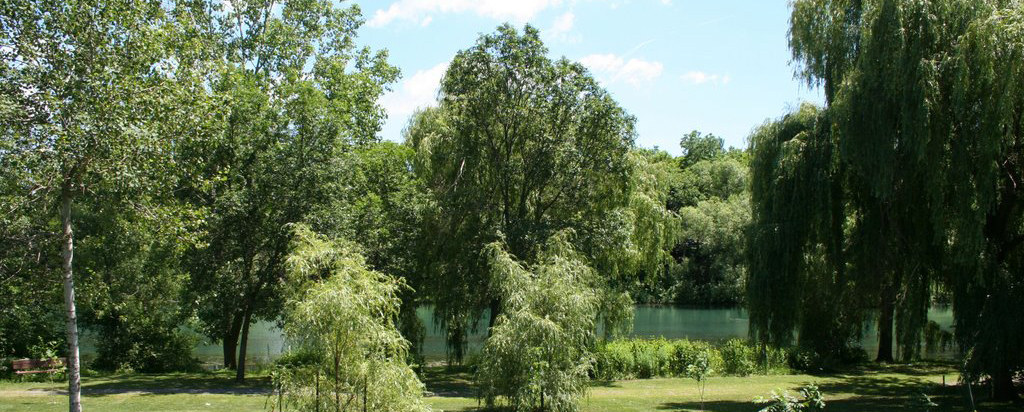
To receive similar content, “Like” us on Facebook @ https://www.facebook.com/niagarabuzz.ca






